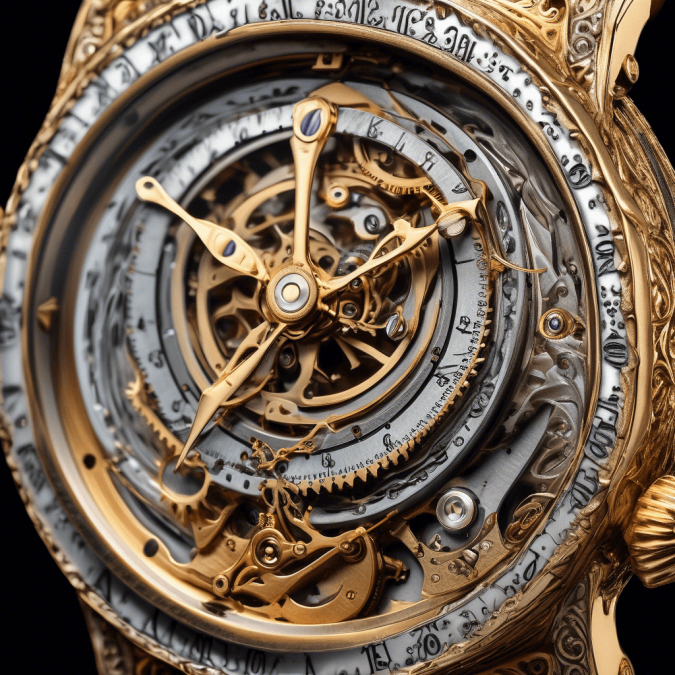
The invention of the watch is a significant moment in history that has had a profound impact on people’s lives and the world as a whole. The story of its discovery is a fascinating journey that spans across continents and centuries, shaping the way we measure time and organize our daily lives.
The history of the watch can be traced back to ancient civilizations in Europe, the Middle East, Asia, and Africa. Before the invention of the watch, people relied on sundials, water clocks, and other primitive time-keeping devices to track the passage of time. These early time-keeping instruments were often unreliable and cumbersome to carry around, limiting their practical use in everyday life.
It was not until the 15th century that the first mechanical clocks were invented in Europe, marking the beginning of a new era in time keeping. These early clocks were large and bulky, designed to be displayed in public places like churches and town squares. However, it was not until the 16th century that the portable pocket watch was invented, allowing people to carry their own personal timepiece wherever they went.
One of the most famous inventors of the watch is Peter Henlein, a German locksmith who is credited with creating the first portable watch in the 16th century. His creation revolutionized the way people measured time, allowing for greater precision and accuracy in daily activities. The invention of the watch quickly spread across Europe and beyond, becoming an essential accessory for people from all walks of life.
The impact of the watch on society was profound, leading to a more structured and organized way of life. People no longer relied on the sun or church bells to tell time, but could now keep track of the hours and minutes with greater ease. This newfound sense of time awareness had far-reaching consequences, influencing everything from work schedules to travel arrangements.
The watch also played a crucial role in the development of modern industries and economies. With a reliable way to measure time, factories were able to operate more efficiently, leading to increased productivity and economic growth. The watch became a symbol of wealth and status, with elaborate designs and intricate mechanisms being prized possessions of the elite.
As the years passed, watches continued to evolve, incorporating new technologies and features to meet the demands of a changing world. From mechanical movements to electronic displays, the watch has continued to adapt to the needs of its users, remaining a timeless accessory that transcends time and trends.
In conclusion, the invention of the watch has had a lasting impact on people’s lives and the history of the world. From its humble beginnings in ancient civilizations to its modern-day iterations, the watch has played a vital role in shaping the way we measure time and organize our daily lives. As we look back on the history of the watch, we are reminded of the ingenuity and creativity of the human spirit, and the enduring legacy of one of the most iconic inventions of all time.
